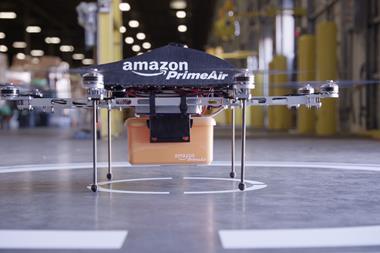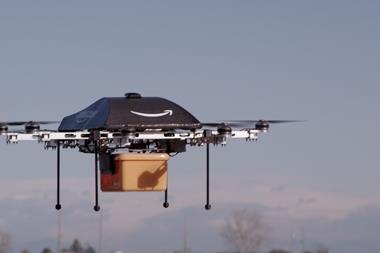An inspired vision of the future for online delivery or an extravagant PR stunt designed to coincide with Cyber Monday?
An inspired vision of the future for online delivery or an extravagant PR stunt designed to coincide with Cyber Monday? The video released by Amazon of an unmanned aircraft delivering goods to consumers has split opinion.
The revelation by Jeff Bezos that Amazon is working on such a project captures our obsession with how technology continues to shape new possibilities in retail.
But the excitement has been balanced by a heavy dose of scepticism, ranging from concerns about safety, to the sophistication of the technology needed to avoid collisions. Others went as far as to claim the initiative was a spoof, timed to raise the profile of Cyber Monday.
Gimmick, science fiction or reality - that debate rather misses the point, because, while overcoming the practicalities of making flying deliveries a reality may seem the stuff of fantasy, the prospect of Amazon taking on the challenge does not.
Silicon Valley calls these projects ‘moonshot ideas’ - PayPal founder Elon Musk’s vision of a 700 mile per hour form of transport called the Hyperloop is another example. They stretch what we would deem to be realistic, but in doing so, stretch our thinking too.
Recent retail history is coloured by ideas that were once dismissed as pipe dreams, which have gone on to transform the industry - Amazon’s business model itself is a prime example, but so too are online fashion sales.
Many sceptics said shoppers would never buy clothes online, but the channel now accounts for 25% of the market.
The British retail industry has an enviable reputation for innovation, but the challenge Amazon and its ilk pose is to think big and consider how to create rather than just react to the next step change.
In pictures: 7 great Christmas innovations
- 1
- 2
- 3
 Currently reading
Currently readingComment: Amazon drones are not just pie in the sky
- 4
- 5
- 6































No comments yet